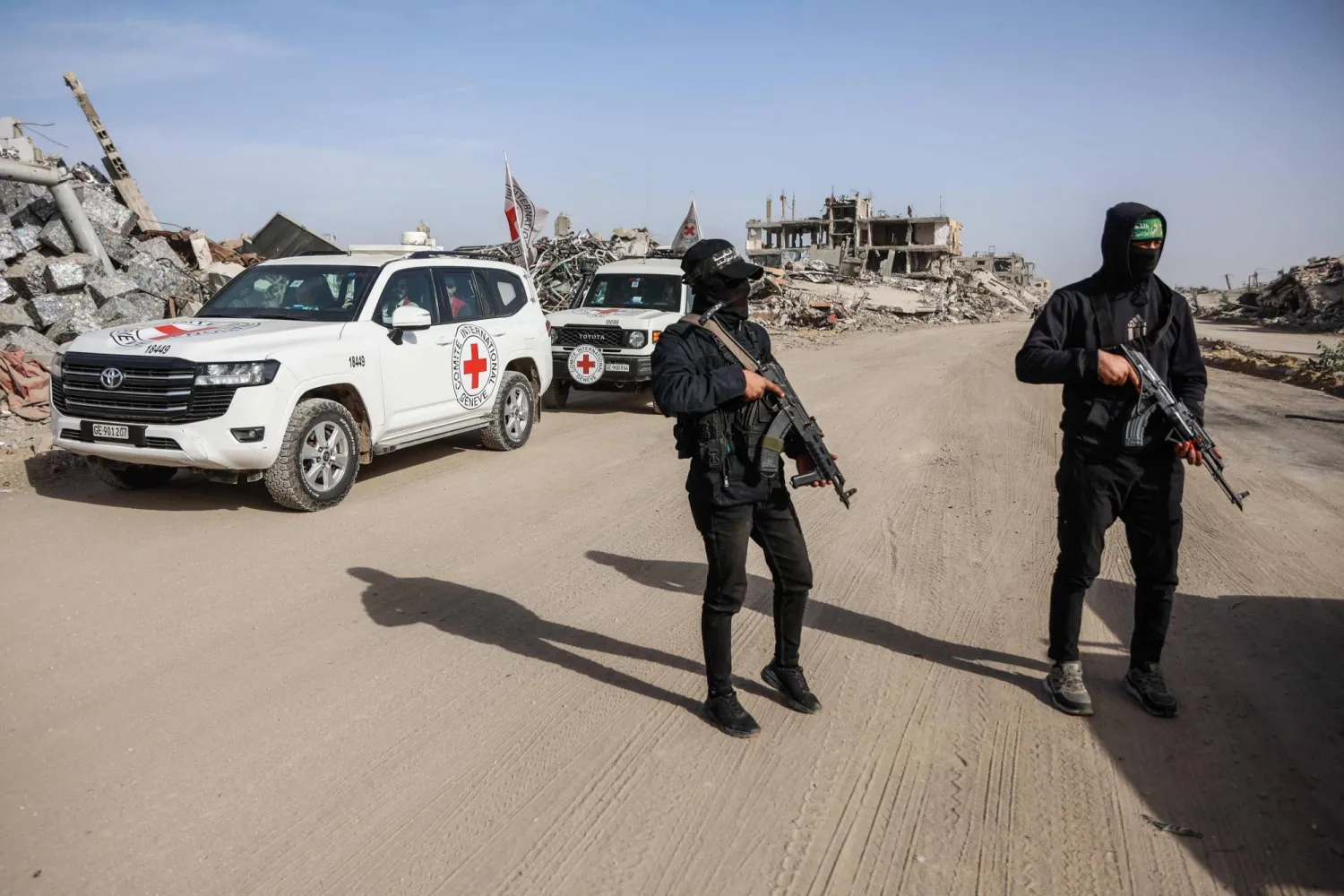Violent explosions were heard Sunday in al-Assad village, west of Damascus, where Iranian militia headquarters are said to be located, according to conflicting reports.
The nature of the explosions remains unclear, and some reports suggest that they targeted a building affiliated with the Fourth Division and the Iranian Revolutionary Guards Corps (IRGC), resulting in two non-Syrian casualties.
Other reports imply an Israeli airstrike aimed at a structure associated with the Lebanese Hezbollah.
Various Syrian online platforms and activists have reported hearing explosions in the area of the al-Assad village under the influence of the Fourth Division led by Maher al-Assad, President Bashar’s brother.
The area hosts headquarters, barracks, and arms depots for the division, Iranian militias, and Hezbollah.
Until this report, no official military statement has been released from Damascus regarding the explosions.
Local sources told Asharq Al-Awsat that at least three explosions were heard around midnight on Saturday into Sunday. However, it is speculated that these explosions might not have resulted from Israeli missile attacks.
They indicated that typically, missile strikes are much louder than what was heard, and no sounds of aerial defenses countering Israeli missiles were reported, noting a significant presence of Iranian militia members and Hezbollah in the area.
The Syrian Observatory for Human Rights (SOHR) confirmed hearing three explosions shortly after midnight, around 1:20 AM, in a building belonging to the Fourth Division and IRGC beside al-Hamzah Mosque in al-Assad villages.
The initial information indicates that the explosions resulted in the death of two persons of unknown nationality in the building and significant material damage.
Later, SOHR Directory Rami Abdul Rahman said that the targeted building could be a storehouse or a transit point towards the Syrian-Lebanese border used for transporting precision weapons.
The building is located approximately nine kilometers from the Syrian-Lebanese border between al-Assad villages and Dimas, affiliated with Hezbollah and the Quds Force of the IRGC.
Rahman said in a televised interview that the three explosions in the building led to two casualties of non-Syrian nationality, pointing out there seems to be a media blackout by the regime.
He noted that the targeting or explosions might result from an Israeli intelligence operation, with no anti-aircraft missiles launched by the regime’s defenses in response.
The “Damascus Sound” news website reported that Israeli warplanes attacked a building affiliated with Hezbollah near the al-Assad villages.
The website cites eyewitnesses saying that four explosions were heard in the vicinity, followed by rising smoke near the Hamzah Mosque.
The website quoted “special” sources saying the targeted building was reportedly used for logistical and security coordination to transport weapons between Syria and Lebanon.
The sources indicated that the airstrike destroyed the building, housing a shipment of Iranian weapons being prepared for transport into Lebanon.
The website mentioned it could not verify the exact extent of losses or whether there were casualties or injuries during the attack. It noted that no official statements had been issued, and no anti-aircraft defense systems were activated in the area.
Last August, blasts were heard in West Damascus, and reports were also conflicting regarding the nature of the explosions.
Back then, official media outlets reported on the sounds of explosions.
State-owned Sana stated that the “cause was not clear” and that an investigation was underway regarding the nature of these explosions. As customary, no official military statement was released regarding the August explosions.









